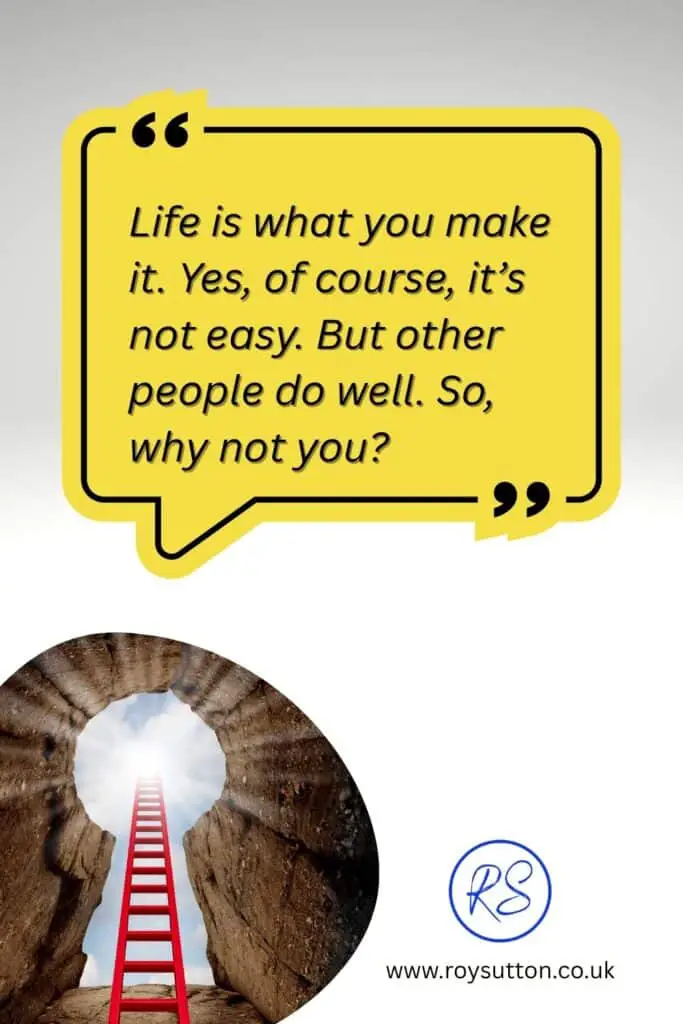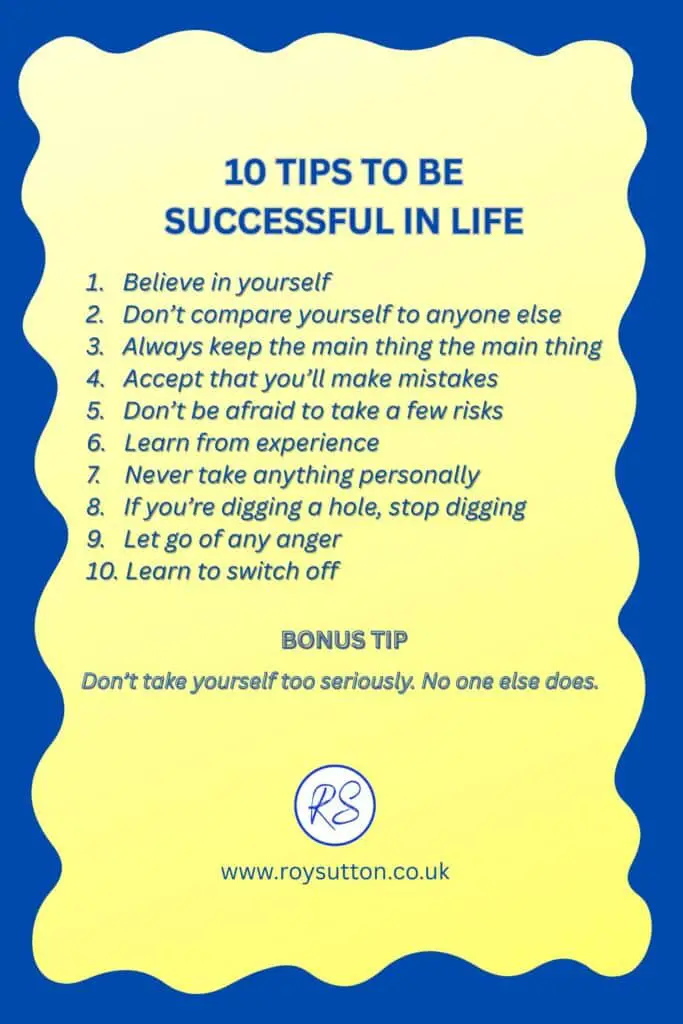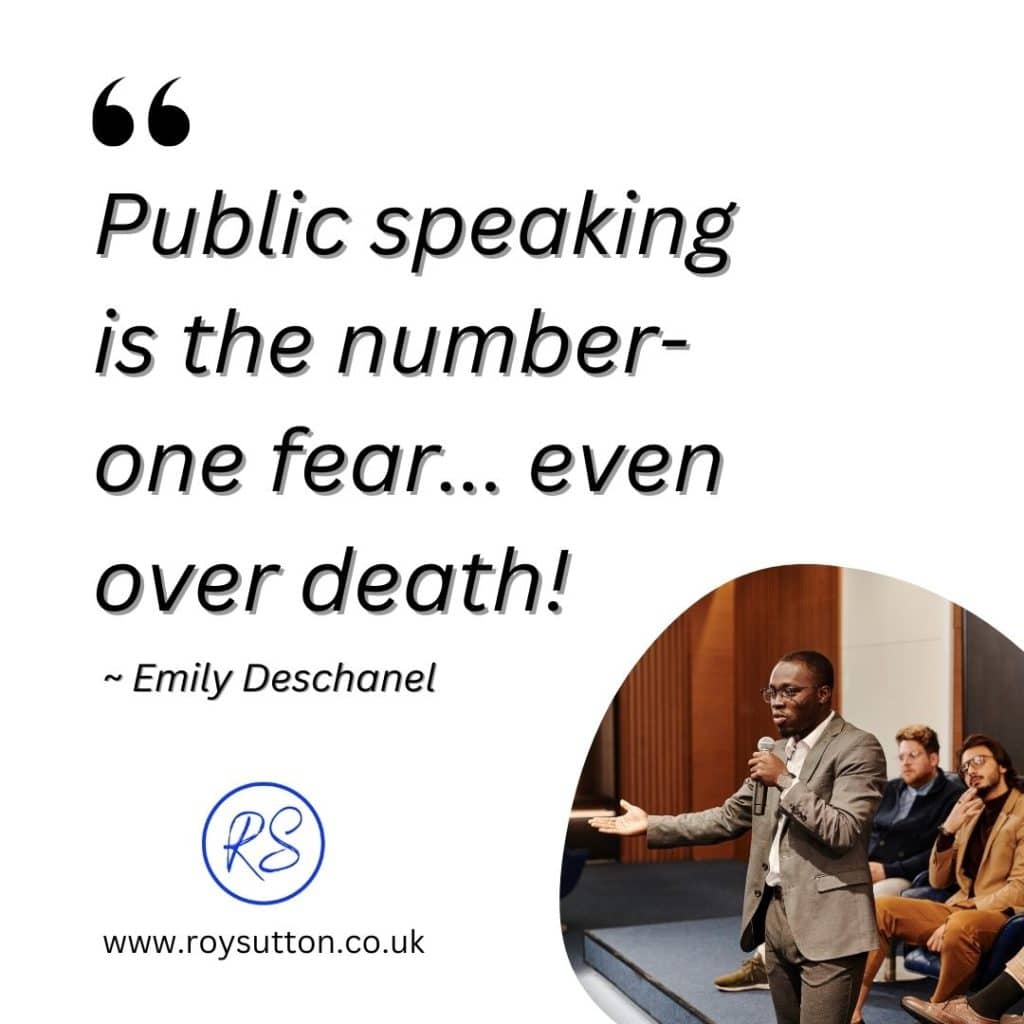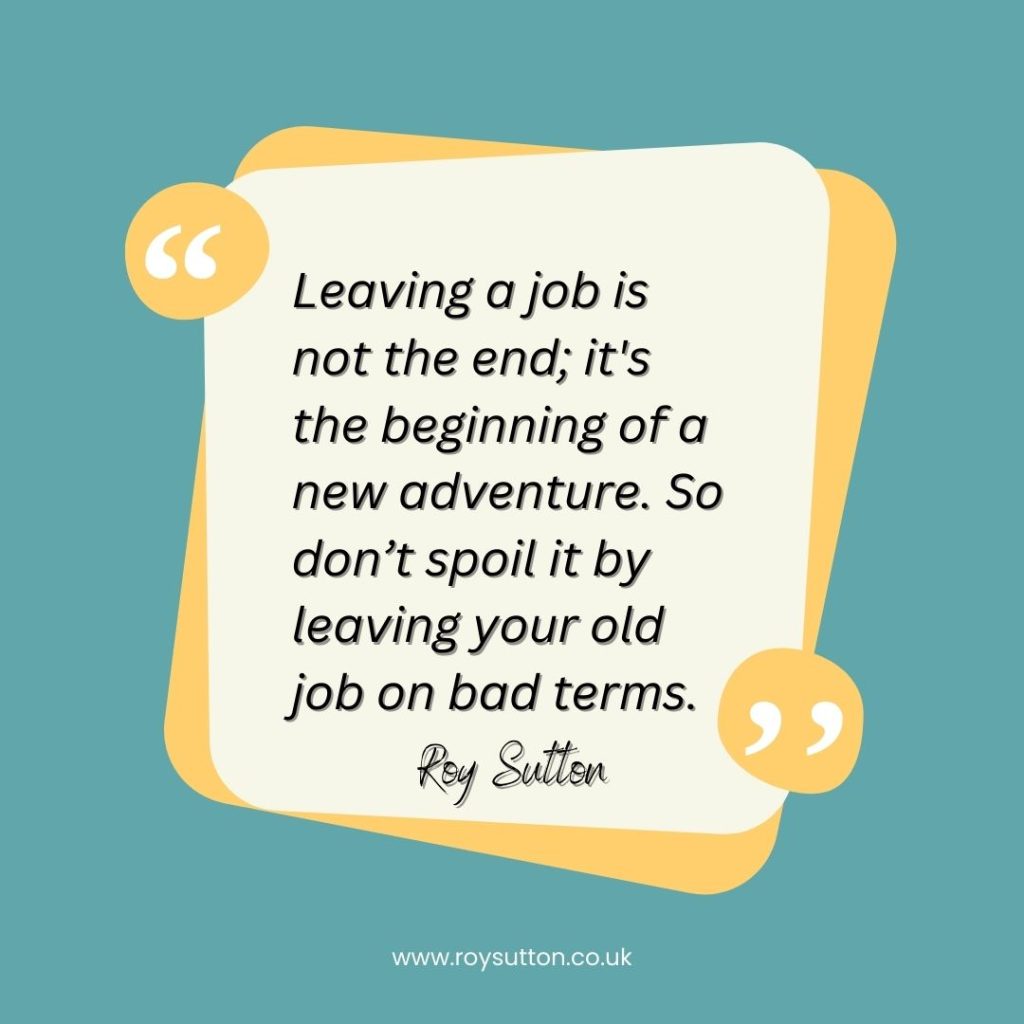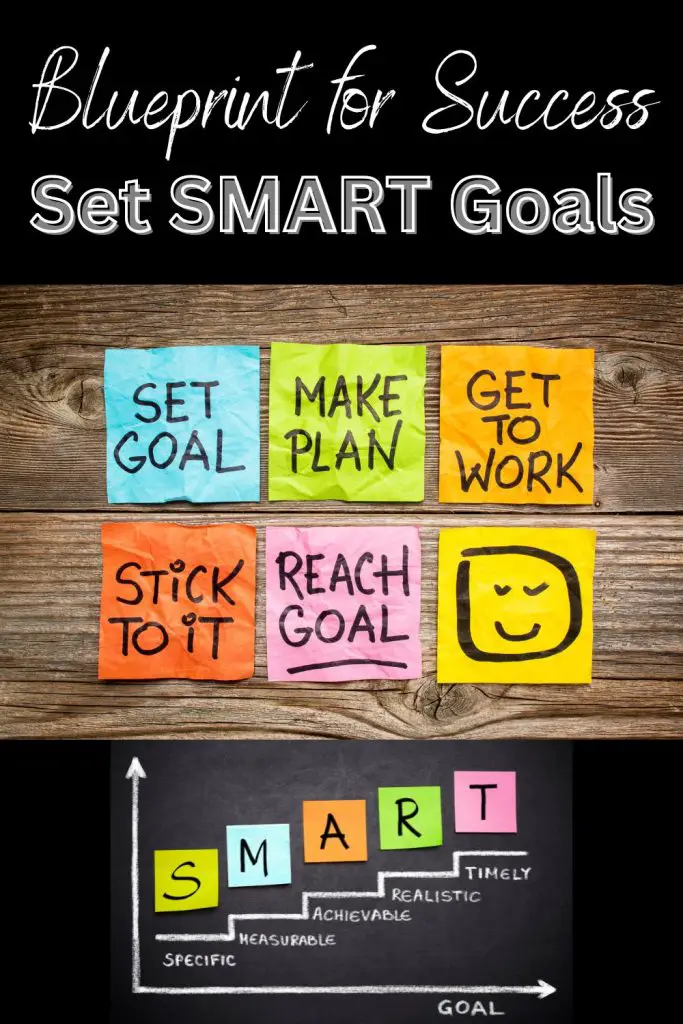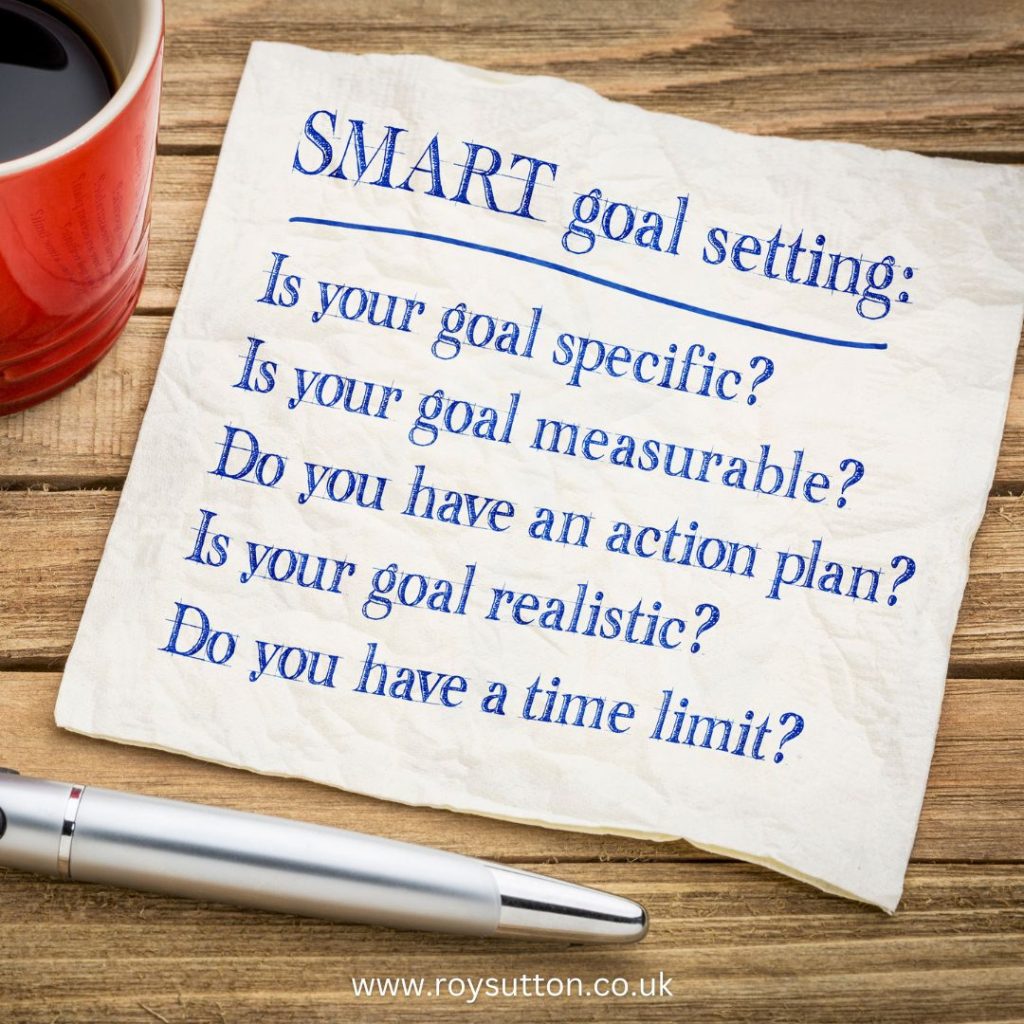
Why is my life so bad right now? Have you ever asked yourself that question?
Perhaps you feel you deserve something better from life? Perhaps your life isn’t all you’d like it to be. Do you want more, possibly?
Does today’s question resonate with you, dear reader?
You look around and see people enjoying the sort of life you’d like, and you can’t help but wonder how it’s all working out for them but not for you.
Why is my life so bad right now?

Who’s at fault?
If you feel this way, then you’re not alone; that much is certain.
However, if you do feel this way, do you ever wonder who’s at fault for your life failing to meet your expectations?
Perhaps you feel the fault lies with your parents or the teachers you had at school?
Maybe you feel the fault lies with your boss or your employer.
They didn’t provide you with the proper training, or you didn’t get the breaks when there was an opportunity for promotion? Someone else got the promotion simply because they were well in with the boss, right? Perhaps you feel that you were a better candidate than them, and yet they got the job? Life can be so unfair, right?
Well, my friend, I have to tell you that if your life sucks, there’s only one person you can blame. Just look in any mirror, and you will see that person staring right back at you.
We’re responsible for our own lives, and our lives will always be what we choose to make of them.
Yes, you may have had a few bad breaks in life. Yes, perhaps your parents and/or teachers could have been better. So what? Life’s still what you choose to make it.
I’m not suggesting that anything is easy, and, of course, there will always be challenges. Nevertheless, there will always be opportunities for the enterprising and fleet-footed, too. And you can choose to take some of them or not.
You have to decide what it is you want. You have to work out how to get what you want. Then, it requires determination and a lot of hard work on your part to achieve your ultimate goal.
An endless stream of opportunities:
Life is truly an endless stream of opportunities that you can choose to take or not. Look for ways to add value to the lives of others, and you’ll soon see that there are opportunities there for the taking every single day.
By providing a service and adding value to others’ lives, there’s always money to be made.
Continue to educate yourself and acquire new skills, and you’ll be able to add more value to others.
Add more value, and you’ll get paid more.
Manage the money you make wisely, and you can build your wealth over time. It can be done, and people do. So, why not you?
However, there are no shortcuts. Nothing ever happens by chance.
On rare occasions, you might get lucky, and something will fall into your lap. However, mostly you’ll have to work very hard to get what you want. You have to go out and make things happen, I’m afraid. That’s life, unfortunately.
Life and relationships:
It’s the same with relationships, too.
Find someone whom you’d be happy to have as a friend, even without intimacy, and you’ll have the basis for a healthy relationship.
Friendship and trust are essential to a good relationship. As does commitment and a willingness to put in as much as you take out.
It all starts with really knowing what you want.
Know your ‘Why?’
If you know your ‘Why?’ then that will give you the motivation you need to keep going until you get to where you want to be.
If you want it badly enough, you’ll find a way to make it happen.
That said, you have to be positive. You have to be prepared to make a few mistakes. You must also be ready to learn from those mistakes.
Never fear mistakes:
On the road to success, a few mistakes are inevitable.
However, as learning opportunities, mistakes are truly invaluable. You’ll learn much more from any mistakes you make than you will from any successes you enjoy.
That said, never allow yourself to be driven too far off course. Keep your eye on the prize you want. And never accept an answer unless it’s the one that you want.
Don’t be discouraged:
Above all, never, ever let people discourage you from pursuing your dreams and ambitions.
It doesn’t matter what other people think; the only thing that matters is what you think. It doesn’t matter whether they believe you can do it, as long as you feel you can do it.
You can be whatever you want to be, as long as you want whatever it is you think you want.
Everything is possible for those who never give up until they reach their desired destination. Life is what you make it. I can tell you that from my own experience.
You must also remember this, though: life’s not a rehearsal.
You only get to go around just once. Well, as far as we know.
So, make your life the best it can be and make the most of being you. Remember this: you’re as good as anyone and better than most.
There’s a price to be paid:
You can have the life you want, but not without hard work and commitment. There’s a price to be paid, and that price will be paid in blood, sweat, and tears. You don’t get anything for nothing, and the price must always be paid first.
If you don’t want to pay the price, then the life you lead will always fall short of your expectations. Sorry if that bothers you, but it’s a fact.
Where to start?
Don’t ask yourself, why is my life so bad right now?
A better question is, what actions do I need to take to start improving my life?
Start by making a list, setting some goals, and then you must get going.
It’s never too late to improve your situation. It’s never too late to improve your life. And it’s never too late to be all that you could be.

Please share this post with your friends:
If you were asking, why is my life so bad right now? Was this article helpful? If it was, please share it on social media with your friends.
When you share, everyone wins.
So please share this post now.
If you do, I’ll be ever so grateful, and you’ll be helping a keen blogger reach a wider audience.
I appreciate your support, dear reader. Thank you.
Articles you might find interesting:
- 11 tips for improving quality of life now
- 15 Things Poor People Do That The Rich Don’t
- What is grit and why is it important?
- How will your life be measured? Here’s what matters most
- 11 wise sayings about life lessons and what they mean
- 10 very useful tips to be successful in life
- The importance of making mistakes to achieving success
- The importance of friends to our lives
- 15 Quotes by Barbara Sher to inspire you
- 15 quotes to emphasize the importance of time management
- Goal-setting and how to achieve them
- Why you should let your child fail and make mistakes
- Why your personal philosophy for life really matters
- 25 facts of life that might get you thinking
- 8 Top Business Tips for Success Today
- 10 tips for improving self-esteem
- Why passion is the key to success
- How to handle criticism at work effectively
- 3 ways for getting rich
- 5 ways to kill your dreams
- 33 life lessons learned that are best learned early
© Mann Island Media Limited 2025. All rights reserved.
Why is my life so bad right now? Why is my life so bad right now?

